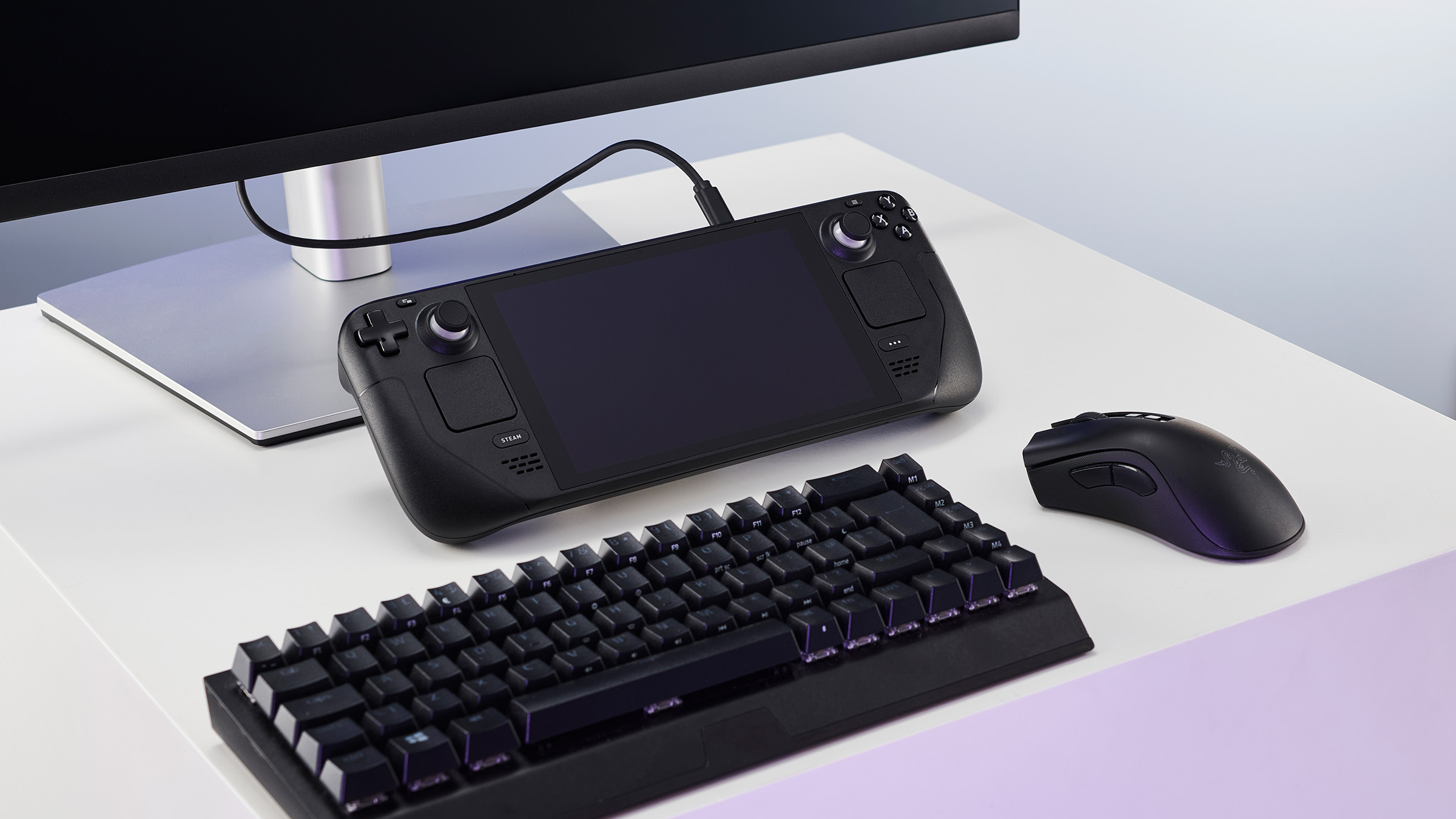AMD confirms it's working on a Ryzen Z2 chip for next-gen handheld PCs, even though only two vendors currently use the Z1
Let's hope it's more than just a renamed Strix Point chip and has something special up its sleeve. Sorry, die.
AMD's Ryzen Z1, the all-in-one processor that powers the Asus ROG Ally and Ally X, and the Lenovo Legion Go, has been confirmed to be replaced with an updated sequel. Officially called the Ryzen Z2, the semi-custom chip won't appear until next year and it's hoped that more vendors will use it than the original Z1.
Even if you only have a casual interest in handheld gaming PCs, you surely will have noticed that when it comes to the chip that powers the device, almost every vendor goes with an AMD Ryzen APU. The Steam Deck uses a custom chip, designed specifically for that handheld, but most handhelds use something like the Ryzen 7 7840U.
The aforementioned devices from Asus and Lenovo, though, use a customised version of that APU, called the Ryzen Z1 or the much better Z1 Extreme. I say custom but it's really the same processor, just with a different TDP (15 W in the case of the Z1 Extreme, 28 W for the 7840U). Oh, and the AI part of the chip is disabled too.
With such few differences, it's not hard to see why so many handheld gaming PC vendors have chosen the standard 7840U and I assumed that this would become the norm for such devices. However, in an interview with PC World, AMD confirmed that a Ryzen Z2 was definitely in the works and the company expects that "it will be coming to market, probably in the early part of 2025."
Unfortunately, PC World couldn't prise any further details out of AMD so we're just left to make some educated guesses as to what APU the Z2 will be based on. The most obvious choice is Strix Point, aka Ryzen AI 300—the likes of the Ryzen AI 9 HX 370 has the same TDP as the 7840U so it's clearly a suitable fit for most handhelds.
While the Z1 Extreme sports eight Zen 4 CPU cores and 12 RDNA 3 compute units (CUs) for graphics, the HX 370 boasts four Zen 5 and eight Zen 5c CPU cores and 16 RDNA 3.5 CUs. Both chips have the same CPU boost clock of 5.1 GHz but the latter has a GPU boost clock of 2.9 GHz compared to the former's 2.7 GHz.
In short, if the Ryzen Z2 is indeed just a renamed Strix Point design, then it should provide up to 43% better graphics performance than the Z1 Extreme. But if AMD properly customises it, such as reducing the amount of die space dedicated to AI acceleration and putting it towards more CUs, then the Ryzen Z2 could well be a mighty little processor for handheld PC gaming.
The biggest gaming news, reviews and hardware deals
Keep up to date with the most important stories and the best deals, as picked by the PC Gamer team.
AMD is hoping that more vendors will choose the Z2 over an off-the-shelf chip but there are some barriers in the way of that happening. Firstly, semi-custom chips are generally more expensive than the standard ones and even if it's only a small difference, every penny counts in the PC industry.

Best handheld gaming PC: What's the best travel buddy?
Steam Deck OLED review: Our verdict on Valve's handheld.
Best Steam Deck accessories: Get decked out.
Steam Deck battery life: What's the real battery life?
Big vendors such as Asus and Lenovo might be happy to absorb the extra cost but smaller players such as Ayaneo certainly won't.
Then there's Intel with its Lunar Lake chips. We've yet to get our hands on one yet for thorough testing but early indications all point to it being a cracking little laptop chip and one that could be perfect for handheld gaming. If it turns out to be better than Strix Point, then unless it's really expensive, you can bet that handheld vendors will be choosing it over a semi-custom AMD chip.
Whatever happens, though, the handheld gaming PC market for 2025 looks like it's going to be really competitive and we're going to be spoilt for choice when it comes to the chip that powers each device. Looks like we've got a lot of testing on our hands for next year!

Nick, gaming, and computers all first met in 1981, with the love affair starting on a Sinclair ZX81 in kit form and a book on ZX Basic. He ended up becoming a physics and IT teacher, but by the late 1990s decided it was time to cut his teeth writing for a long defunct UK tech site. He went on to do the same at Madonion, helping to write the help files for 3DMark and PCMark. After a short stint working at Beyond3D.com, Nick joined Futuremark (MadOnion rebranded) full-time, as editor-in-chief for its gaming and hardware section, YouGamers. After the site shutdown, he became an engineering and computing lecturer for many years, but missed the writing bug. Cue four years at TechSpot.com and over 100 long articles on anything and everything. He freely admits to being far too obsessed with GPUs and open world grindy RPGs, but who isn't these days?


